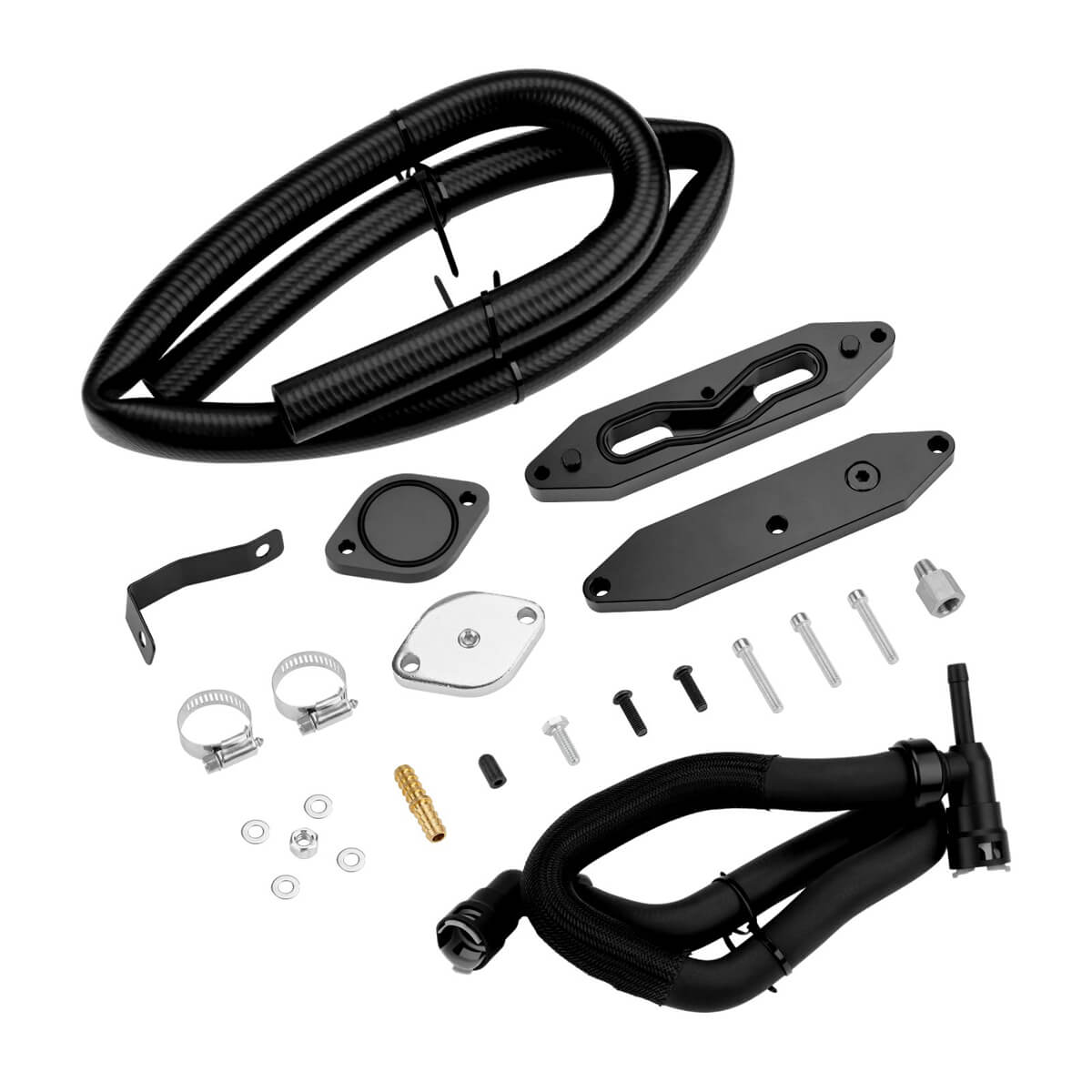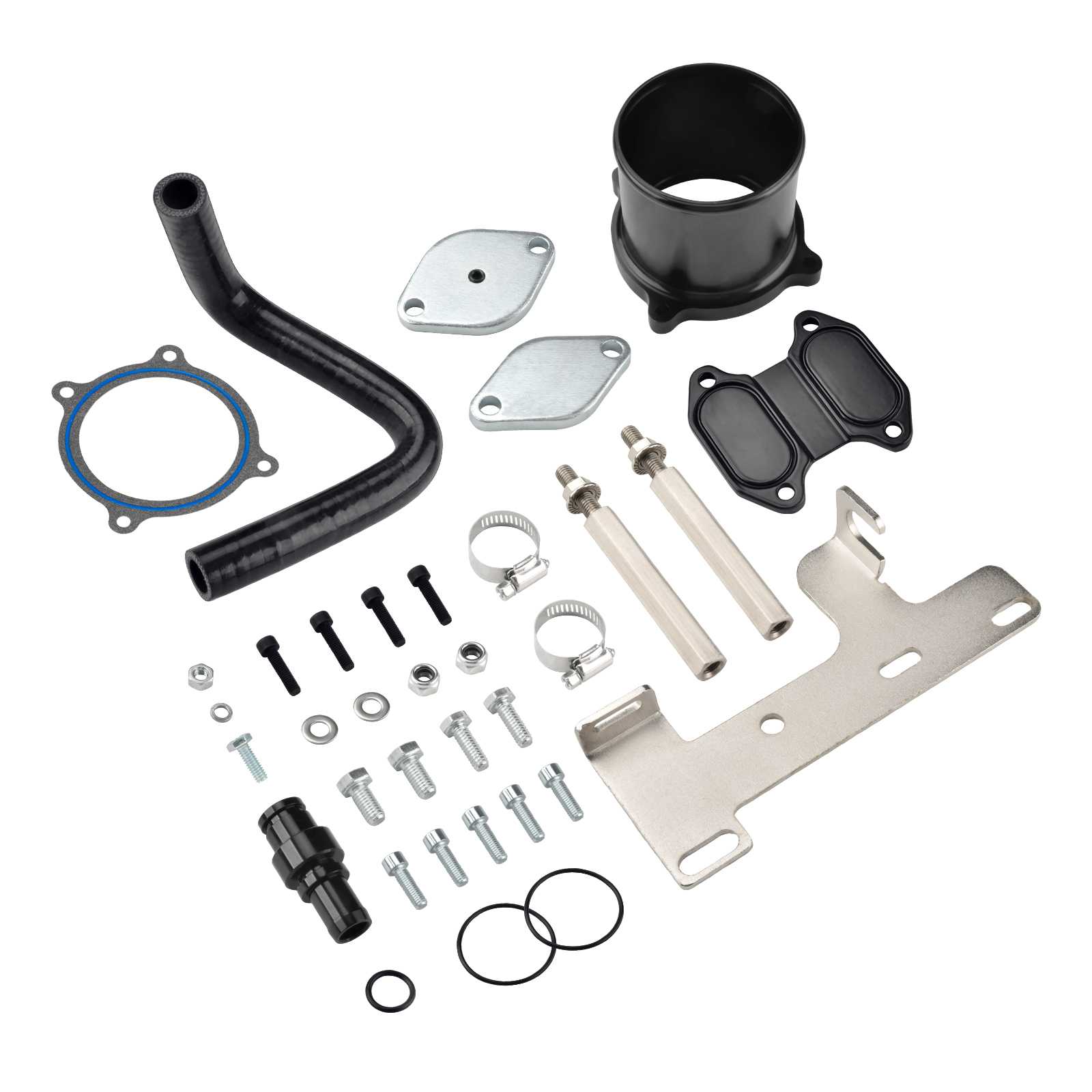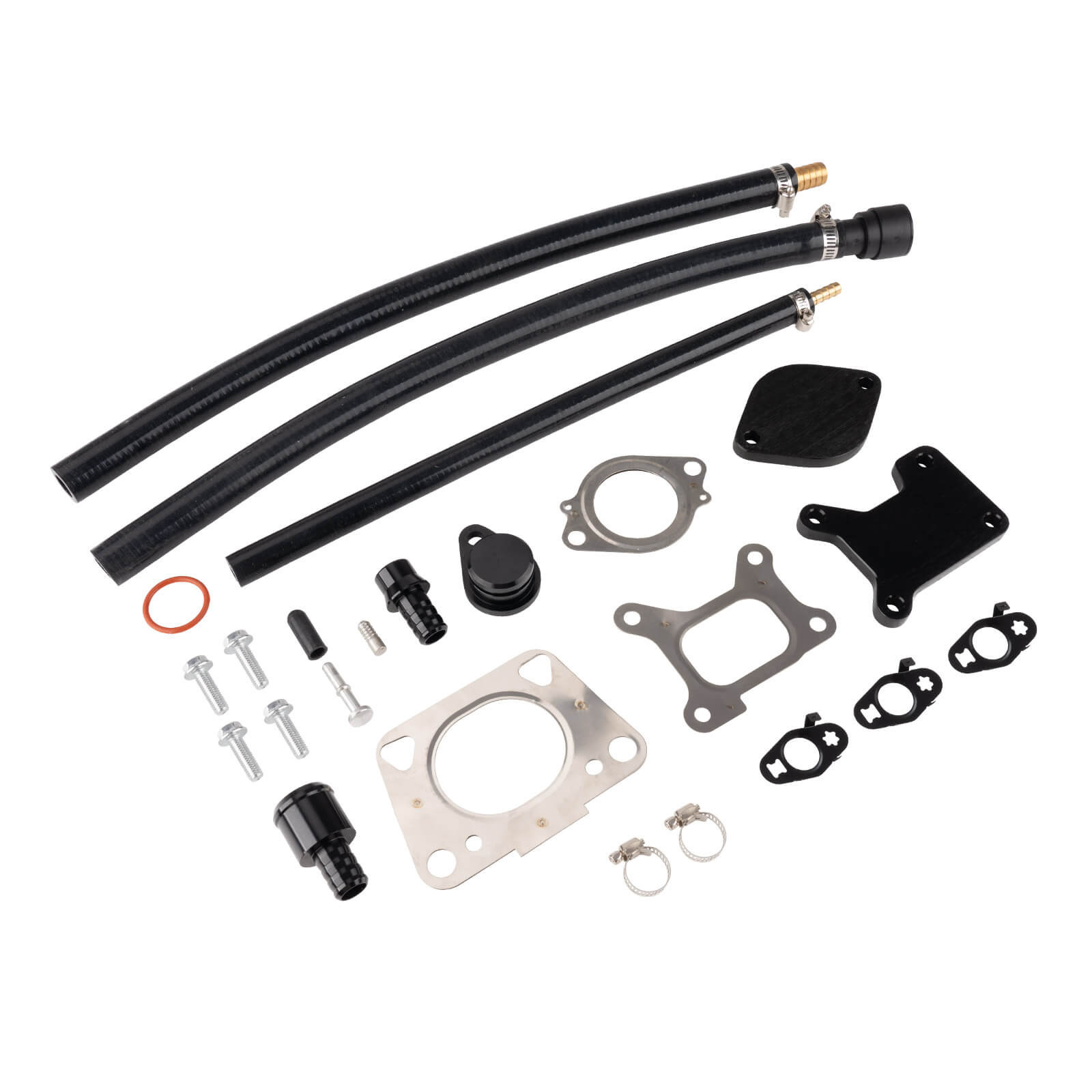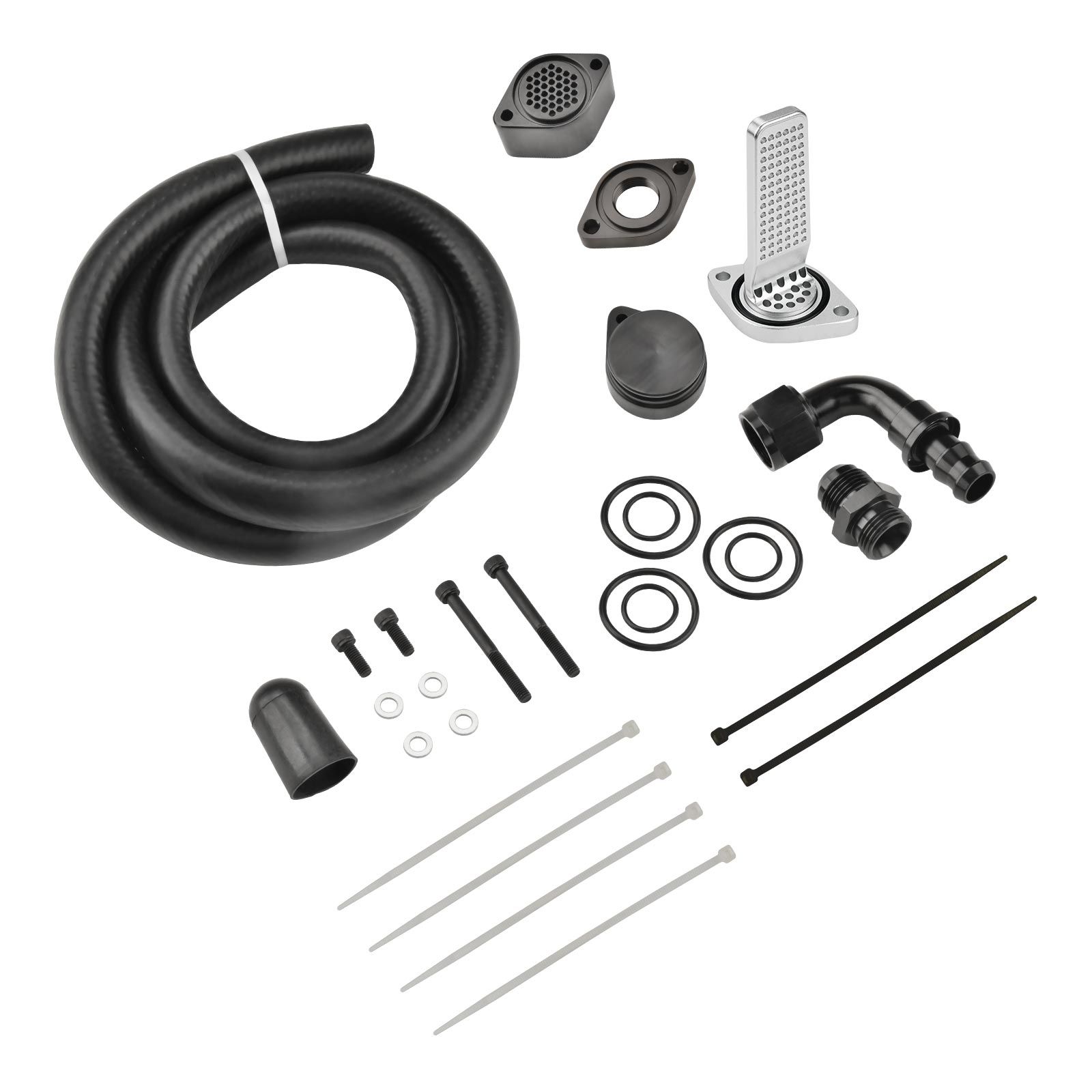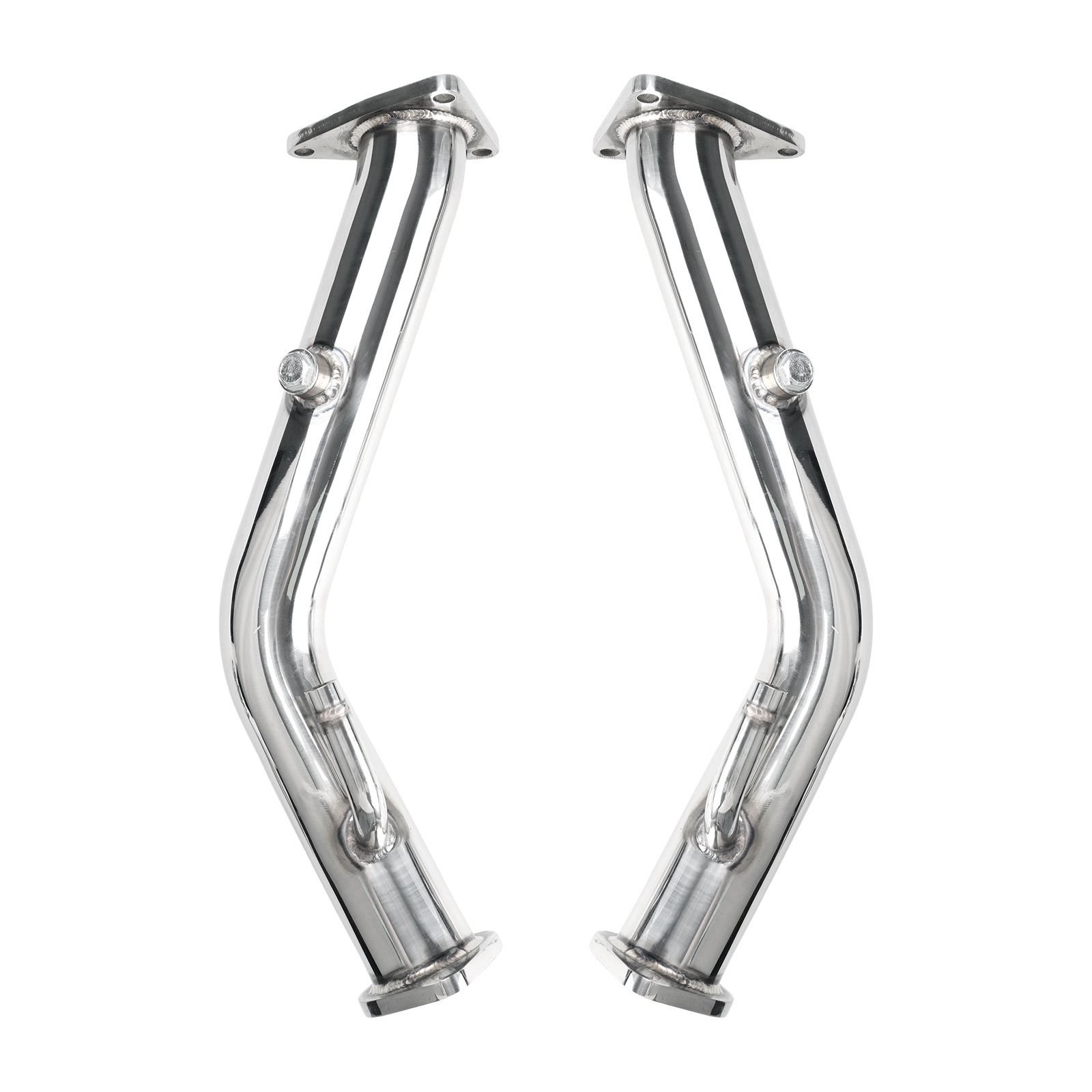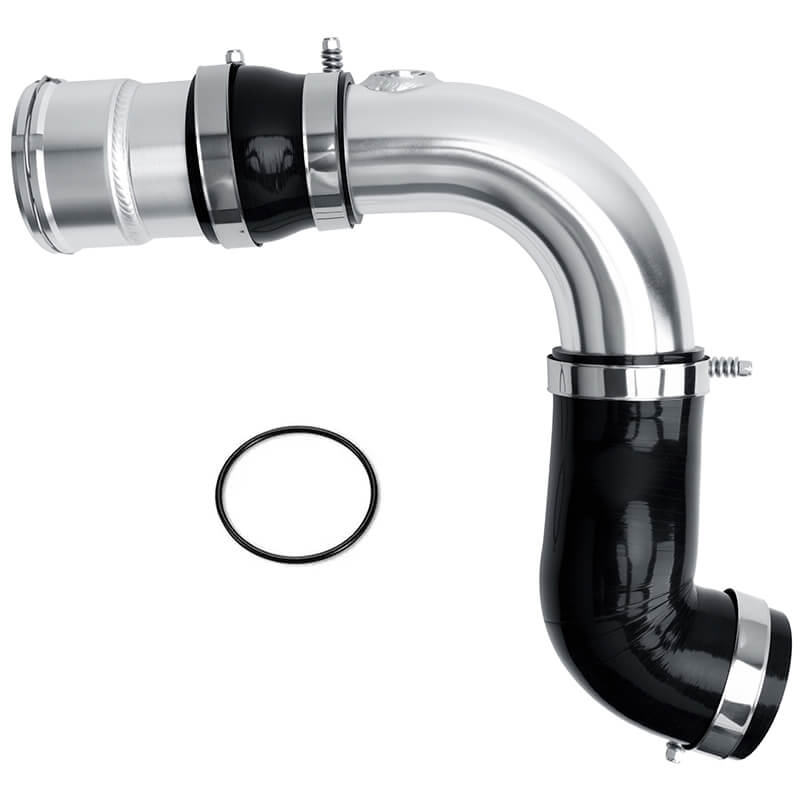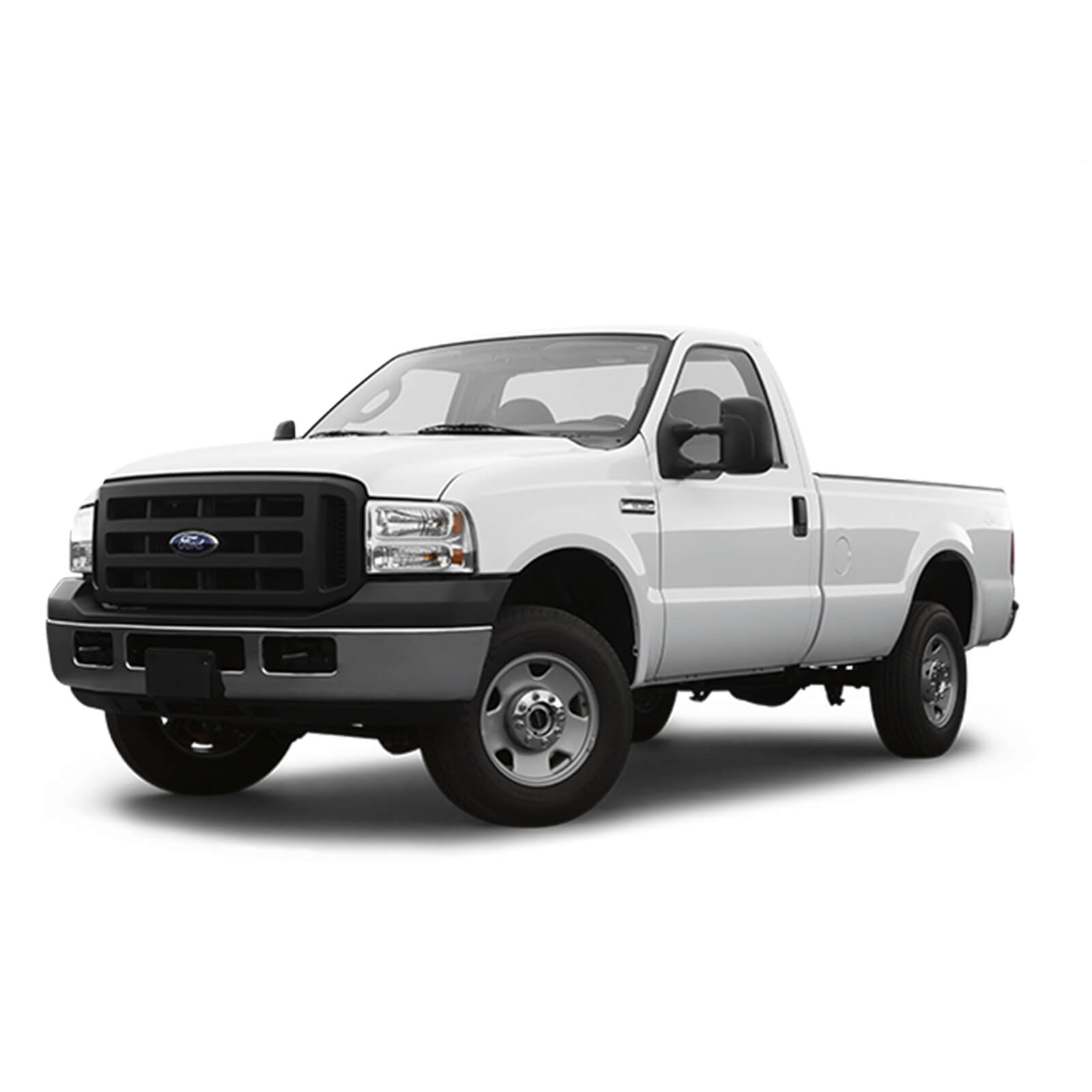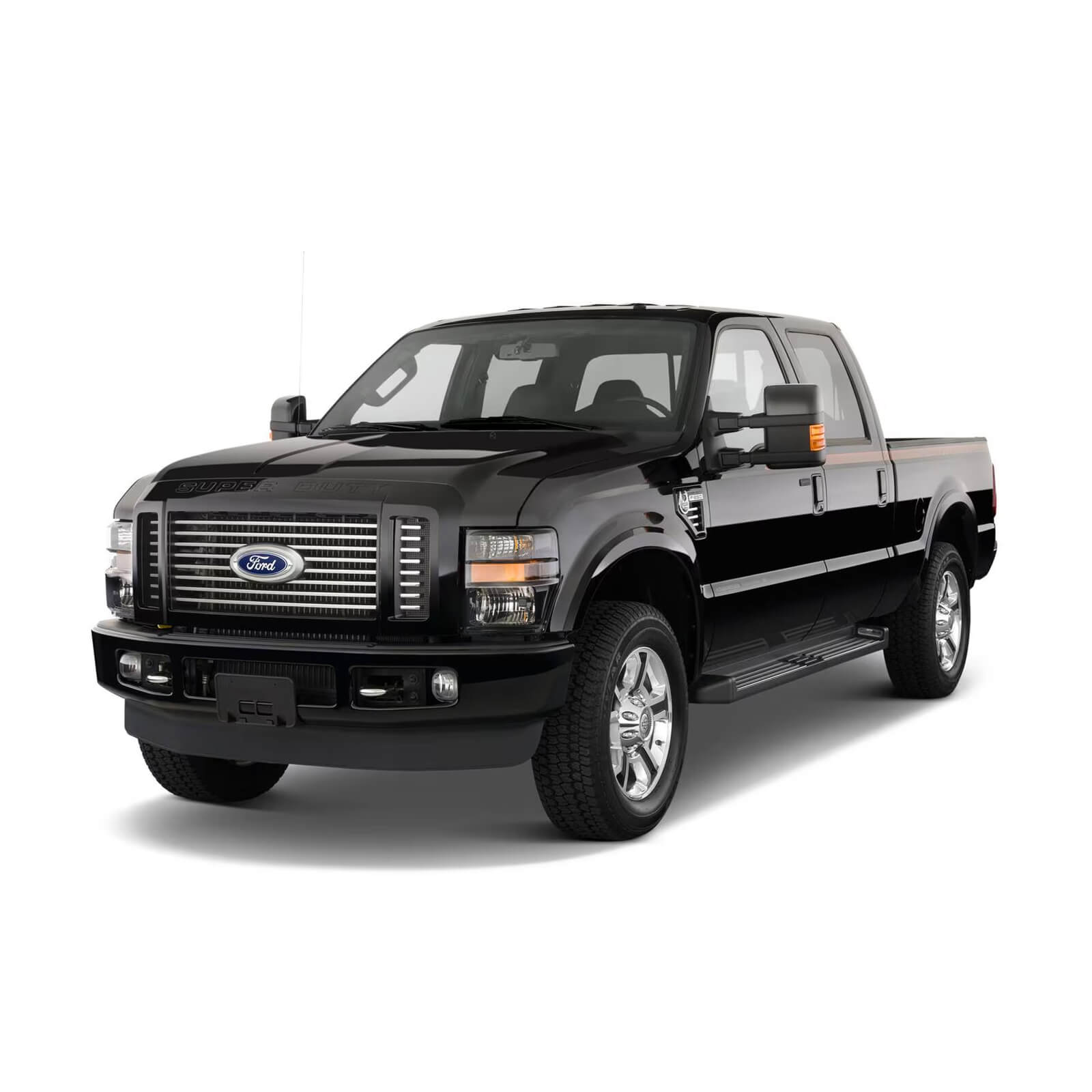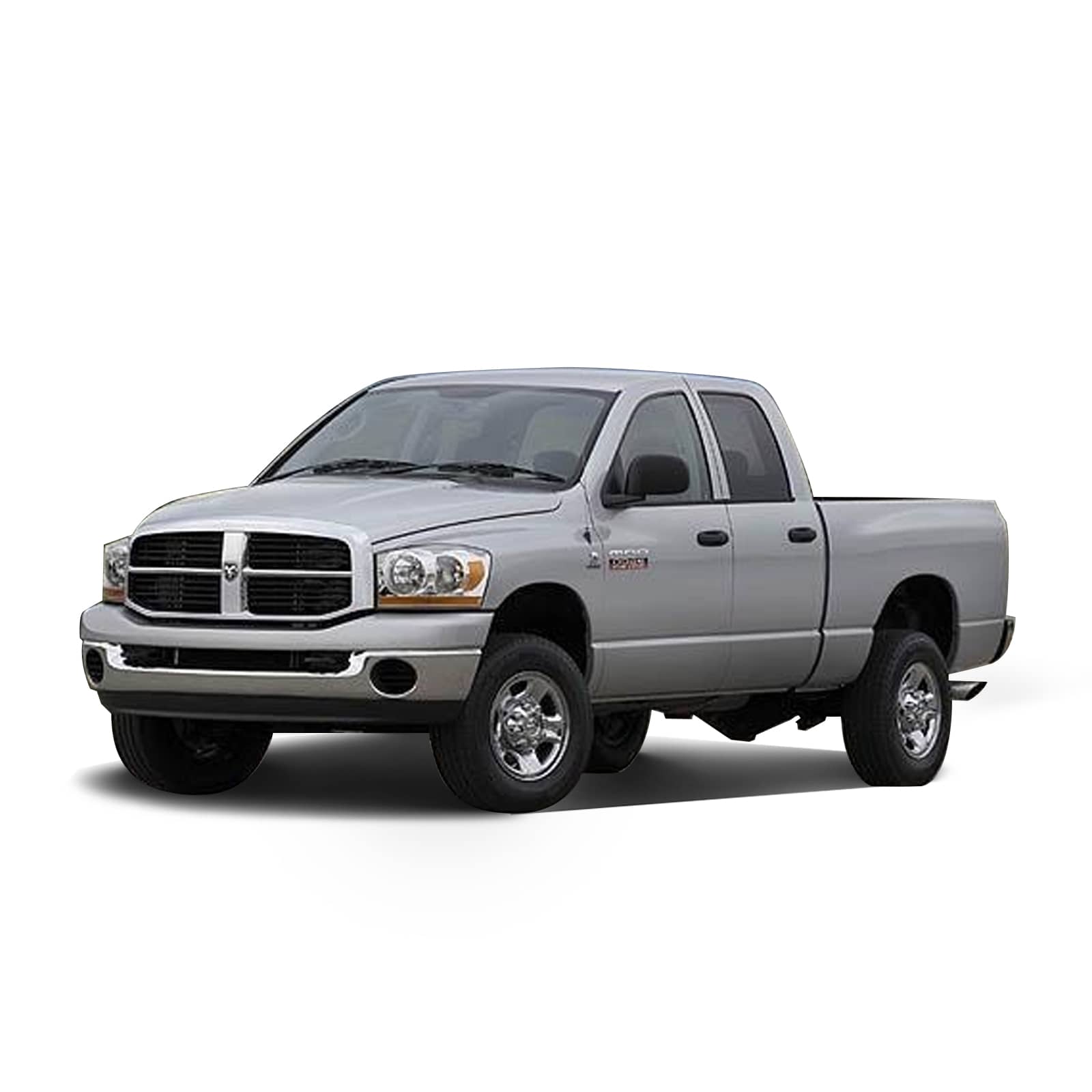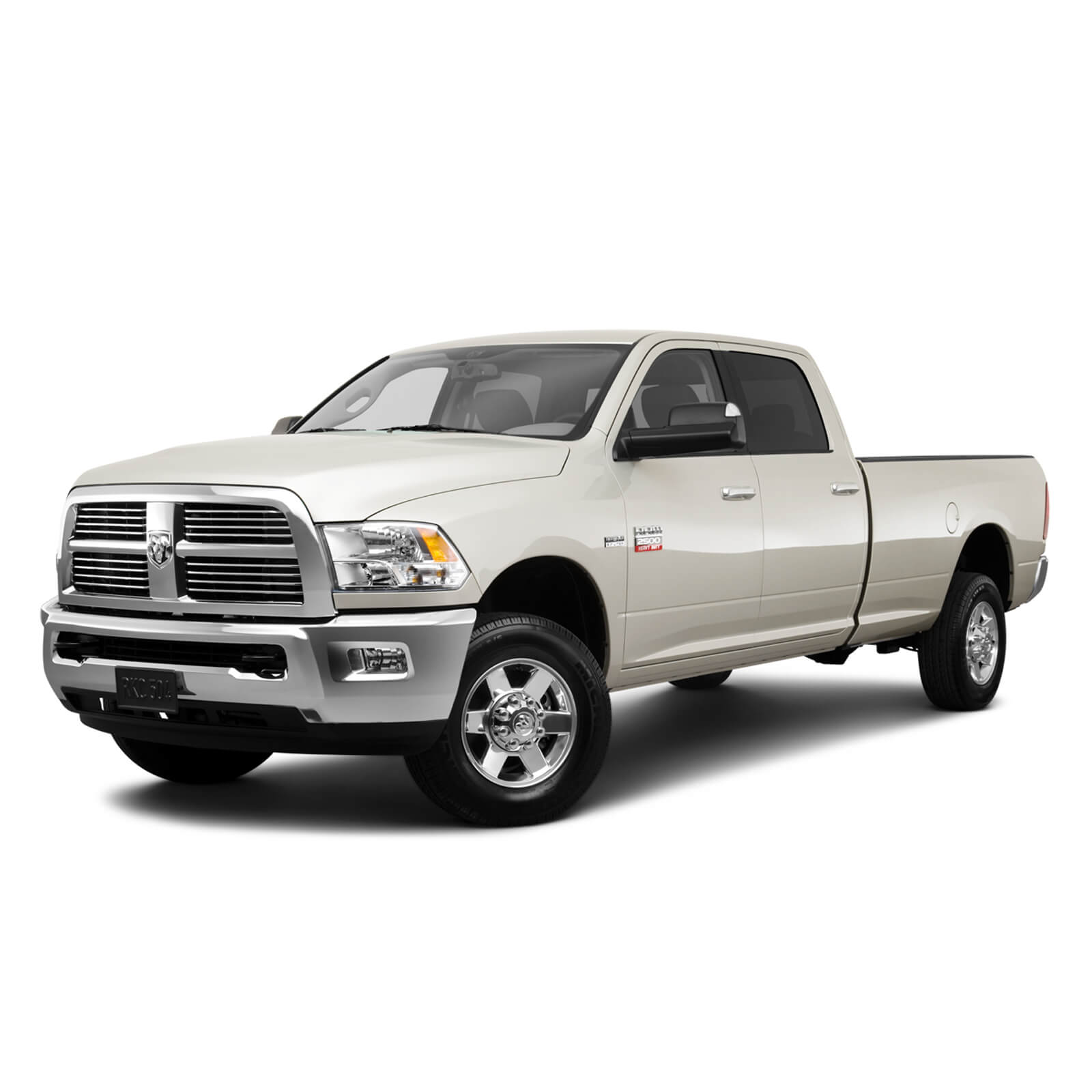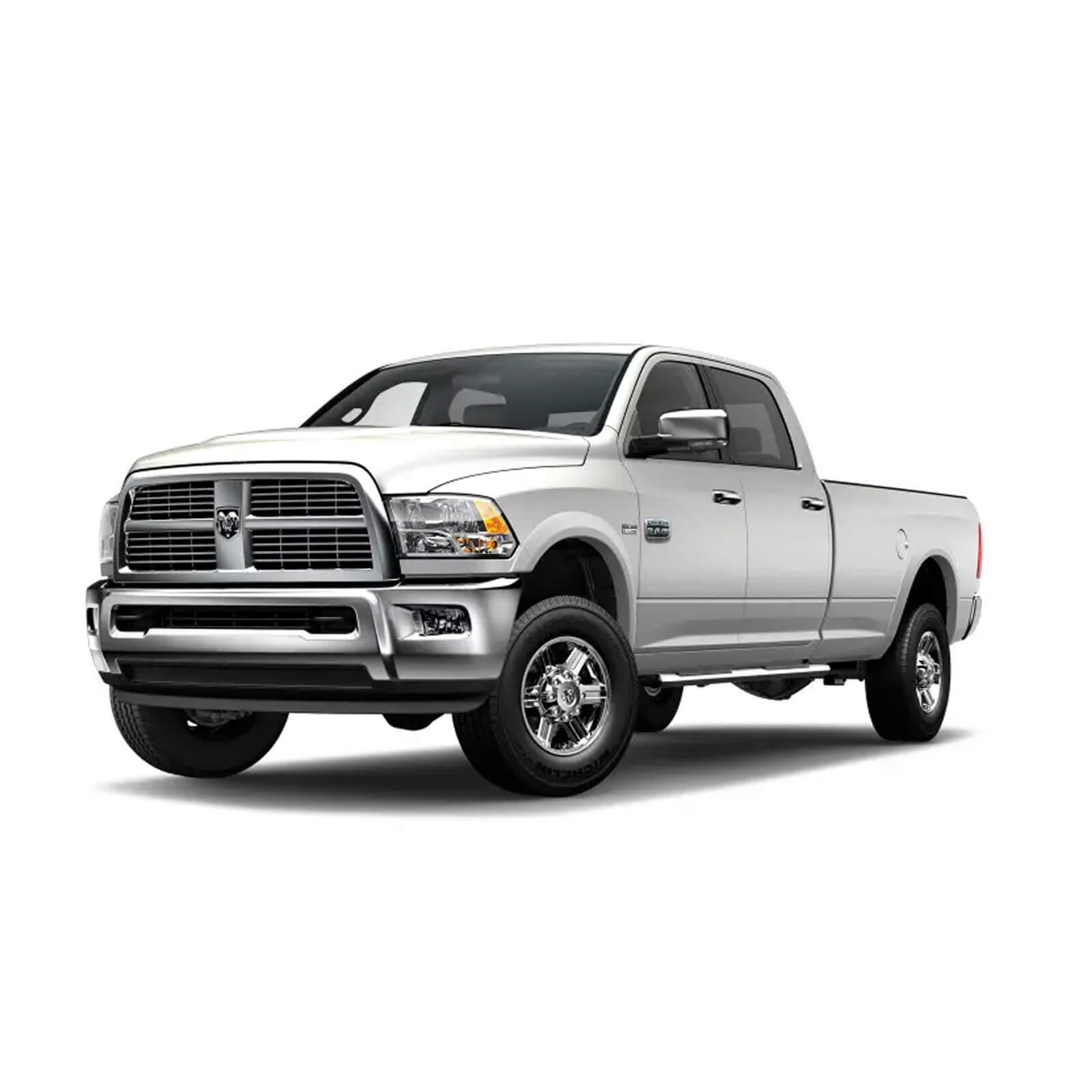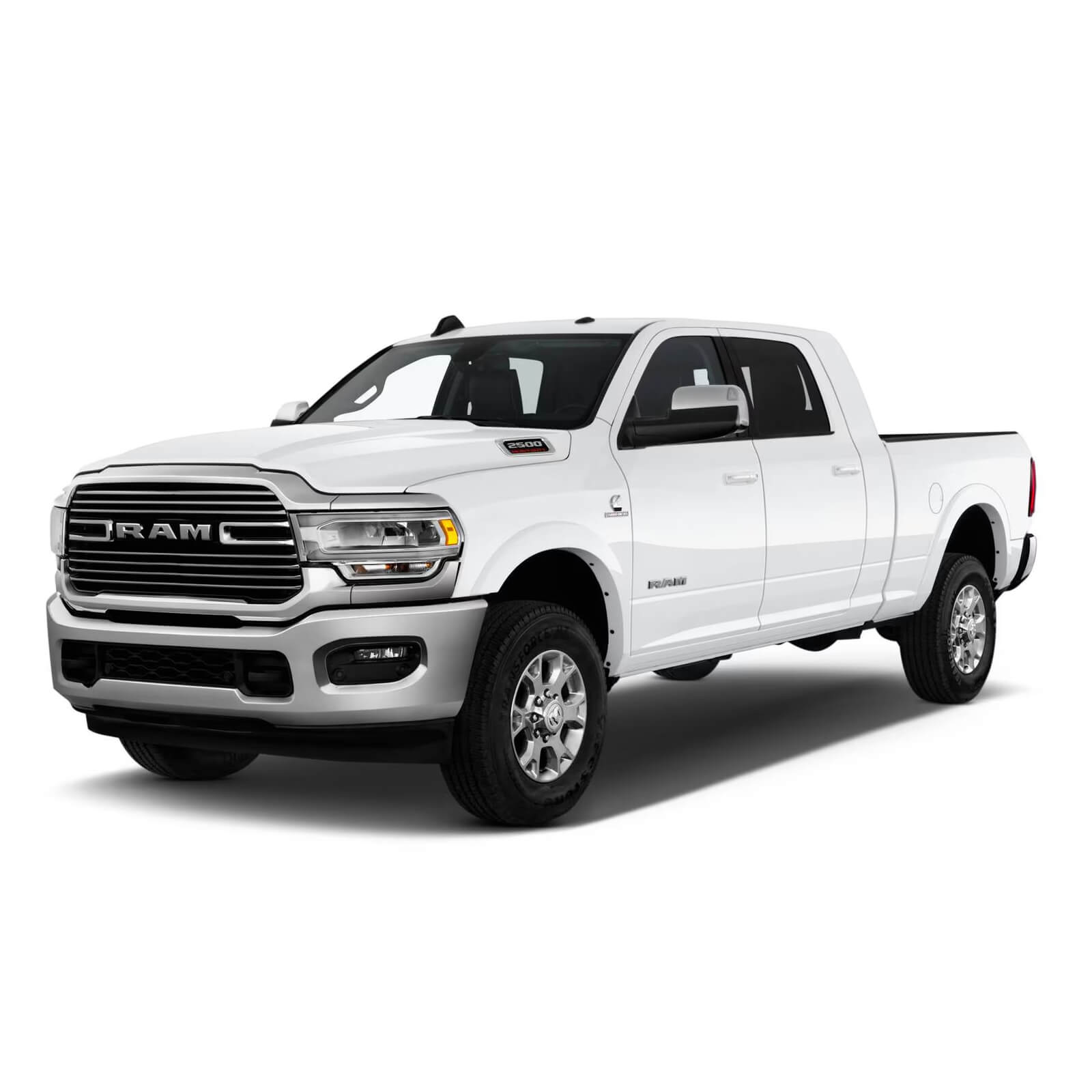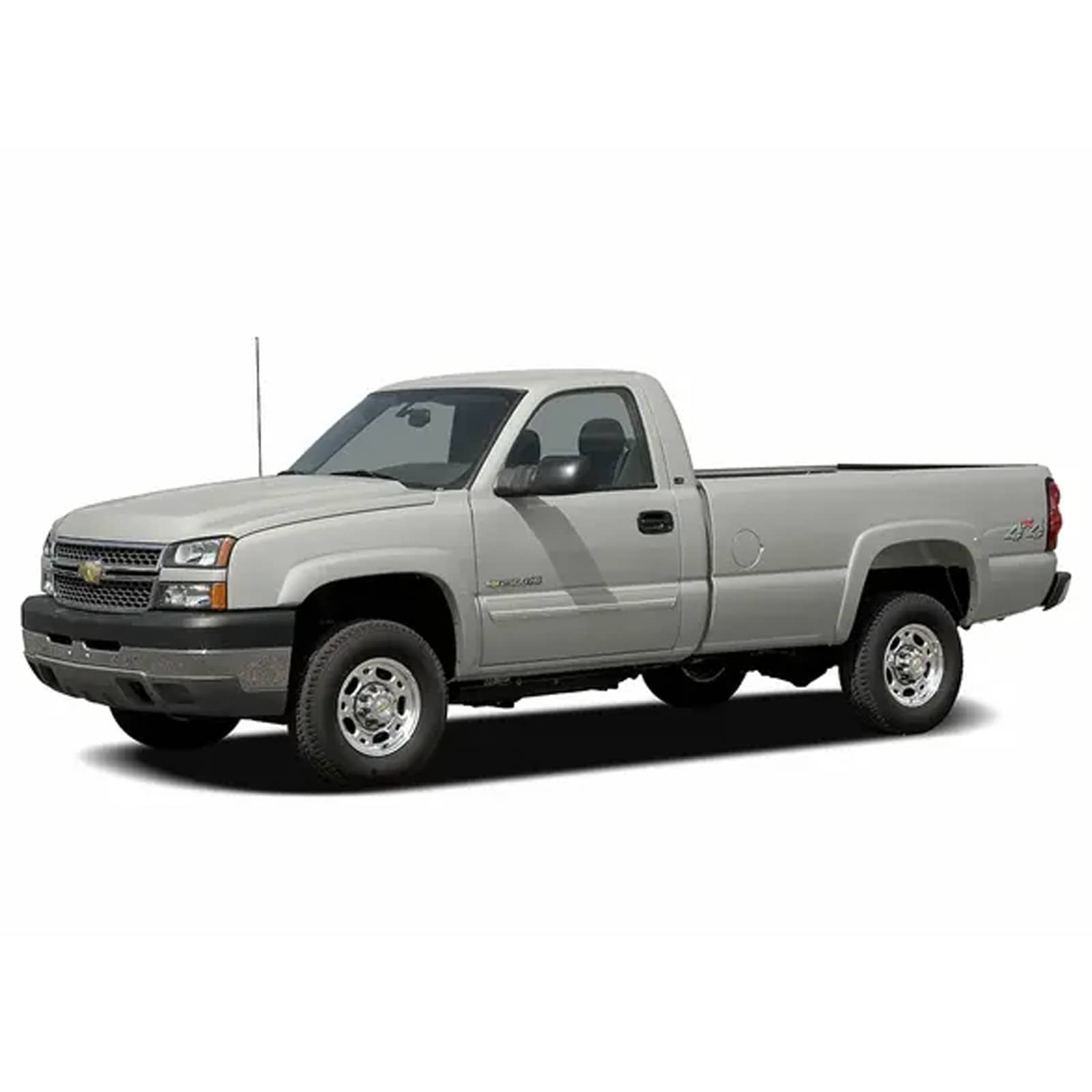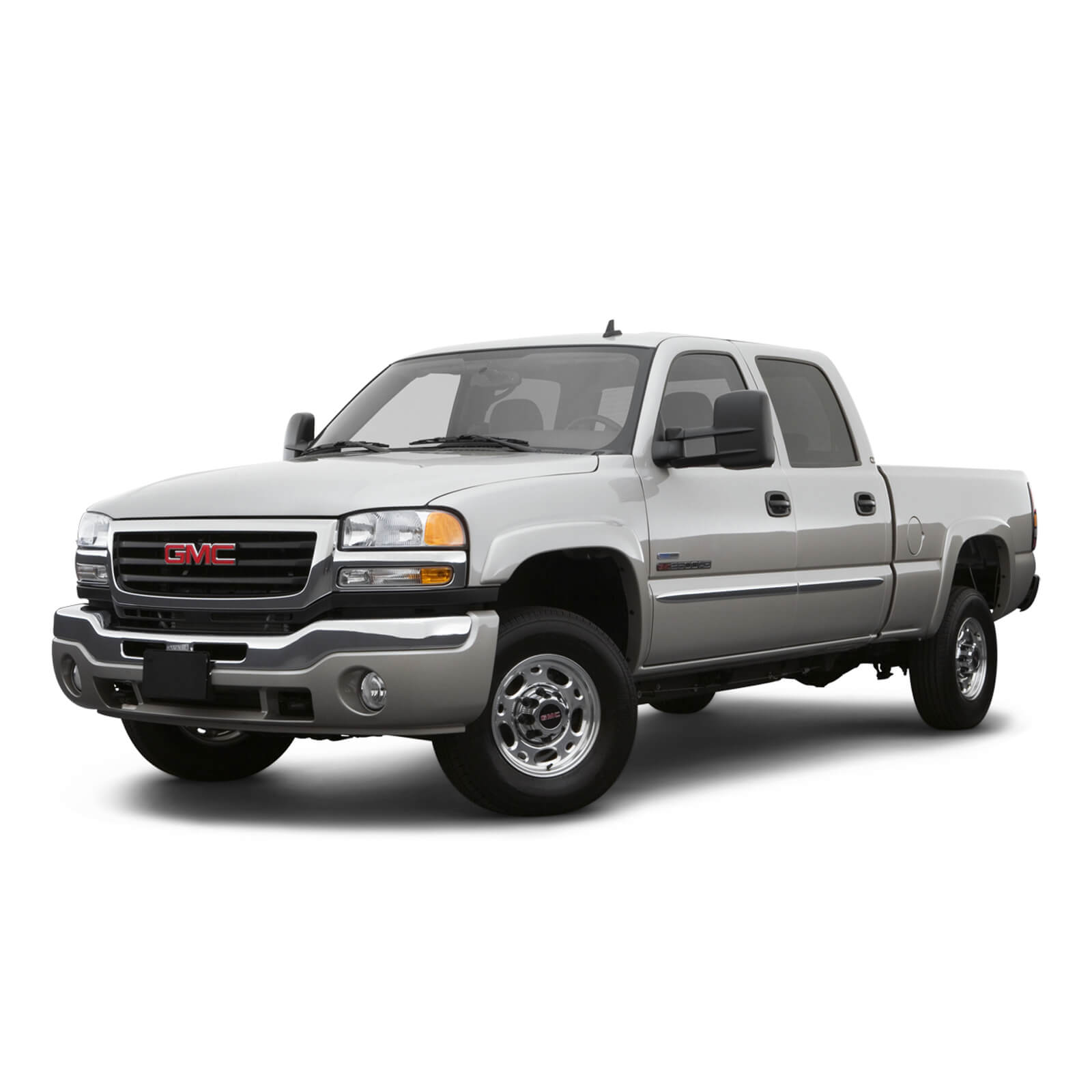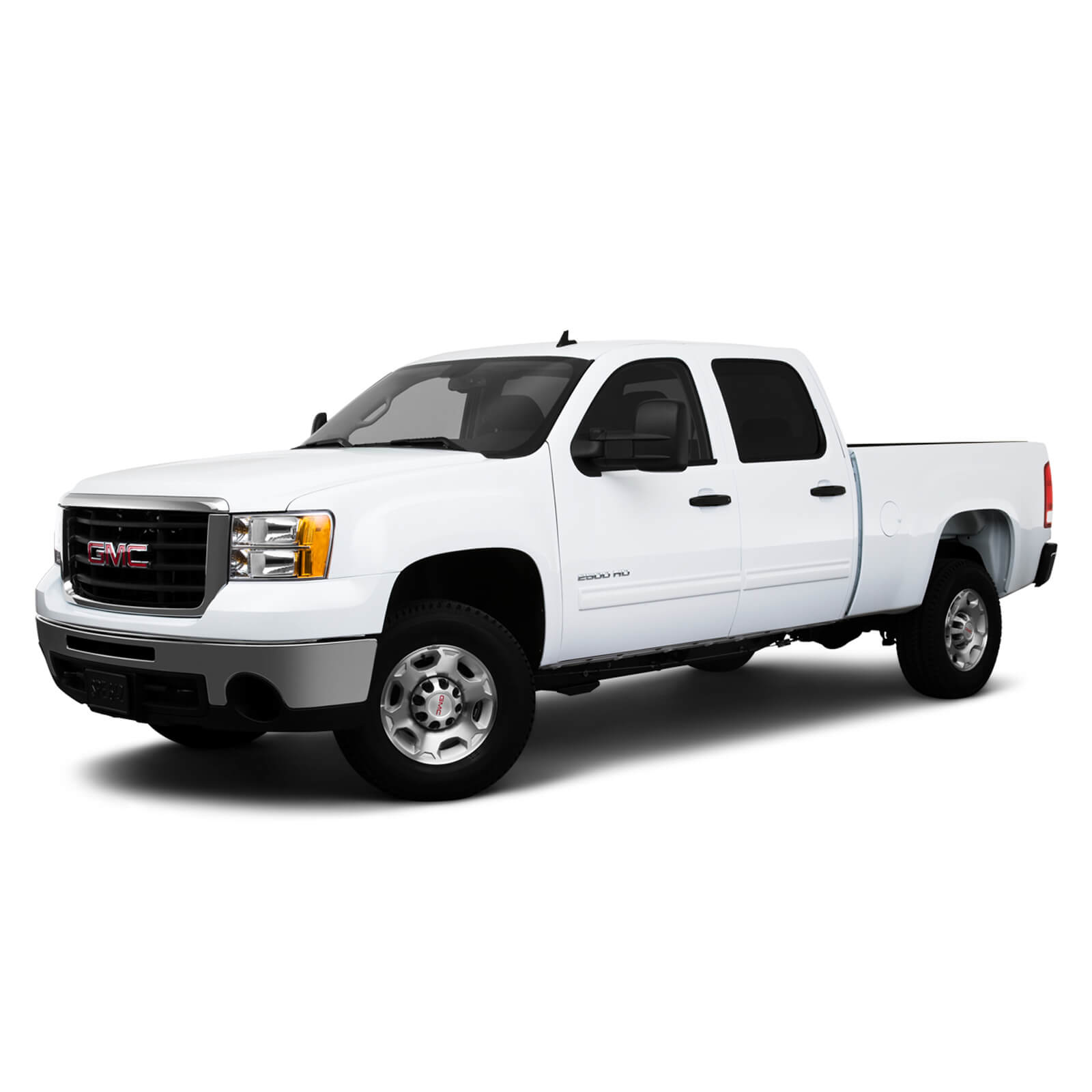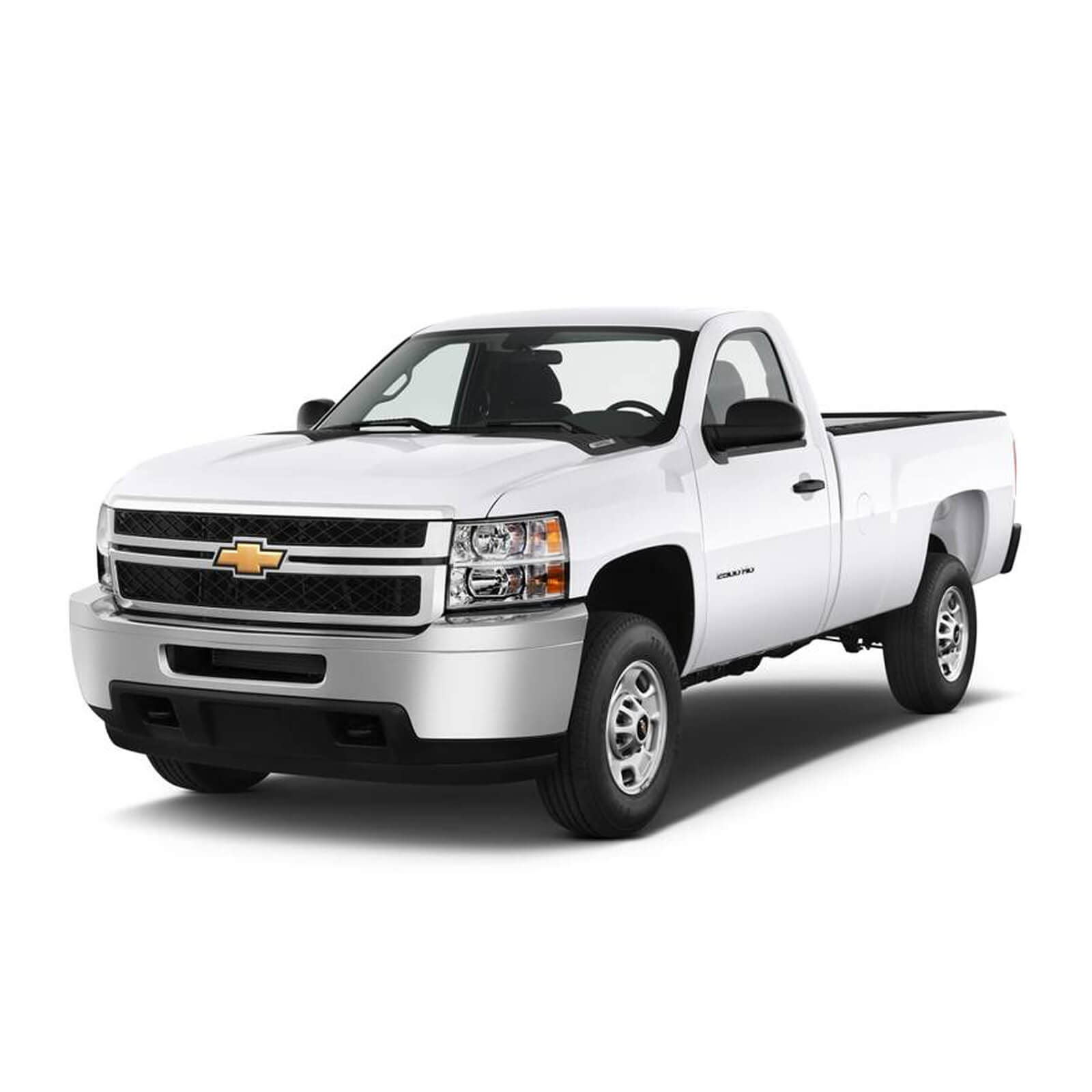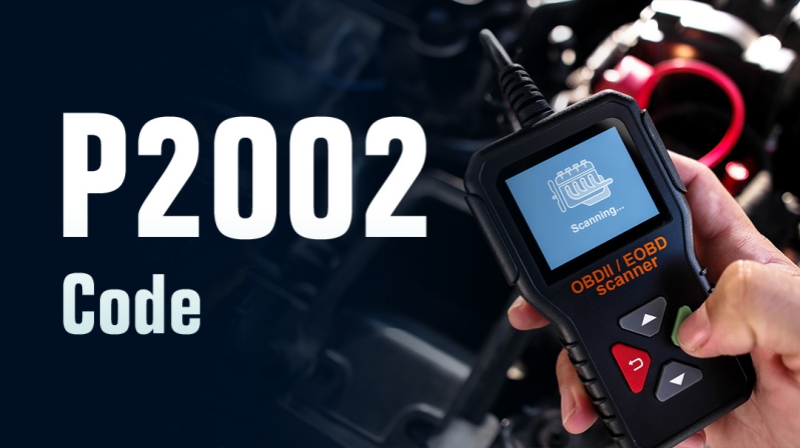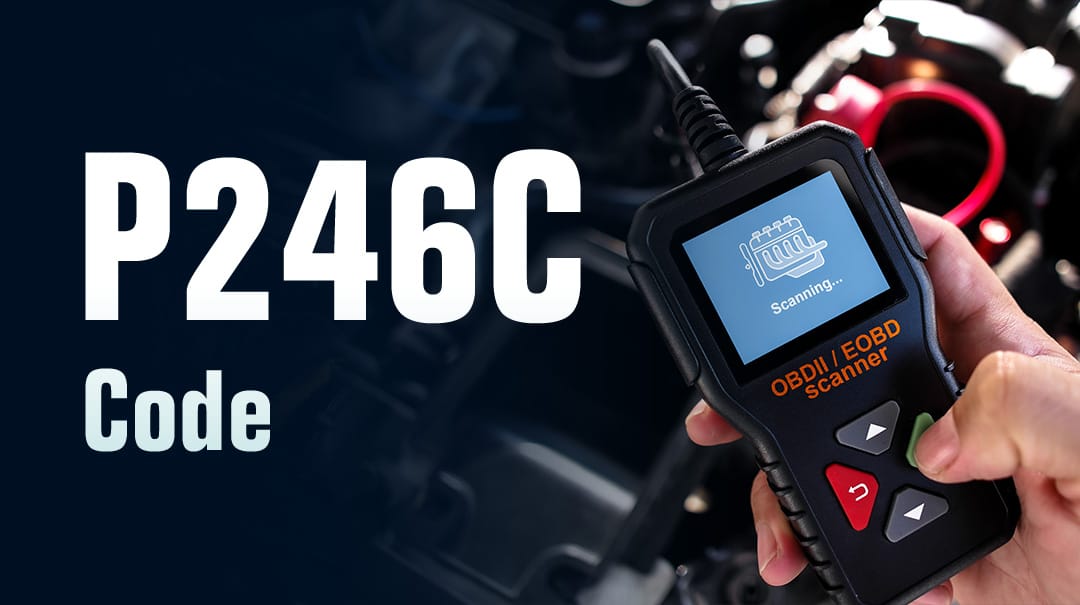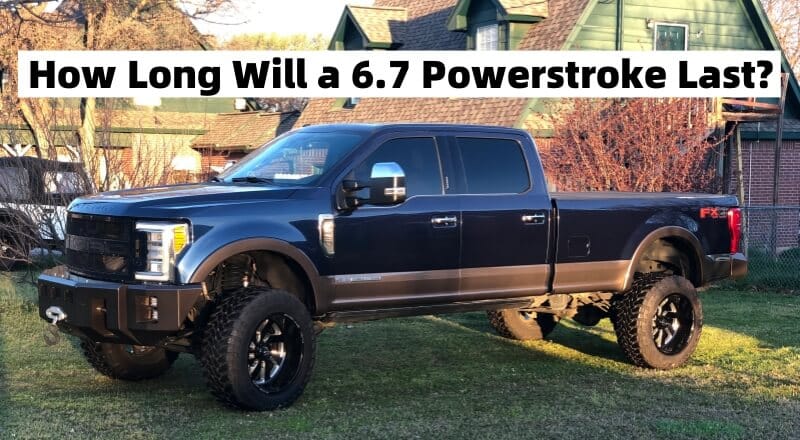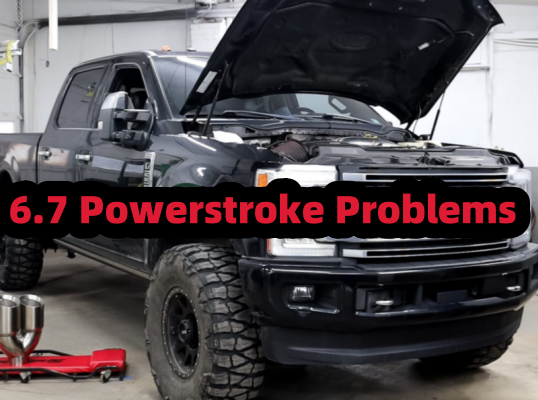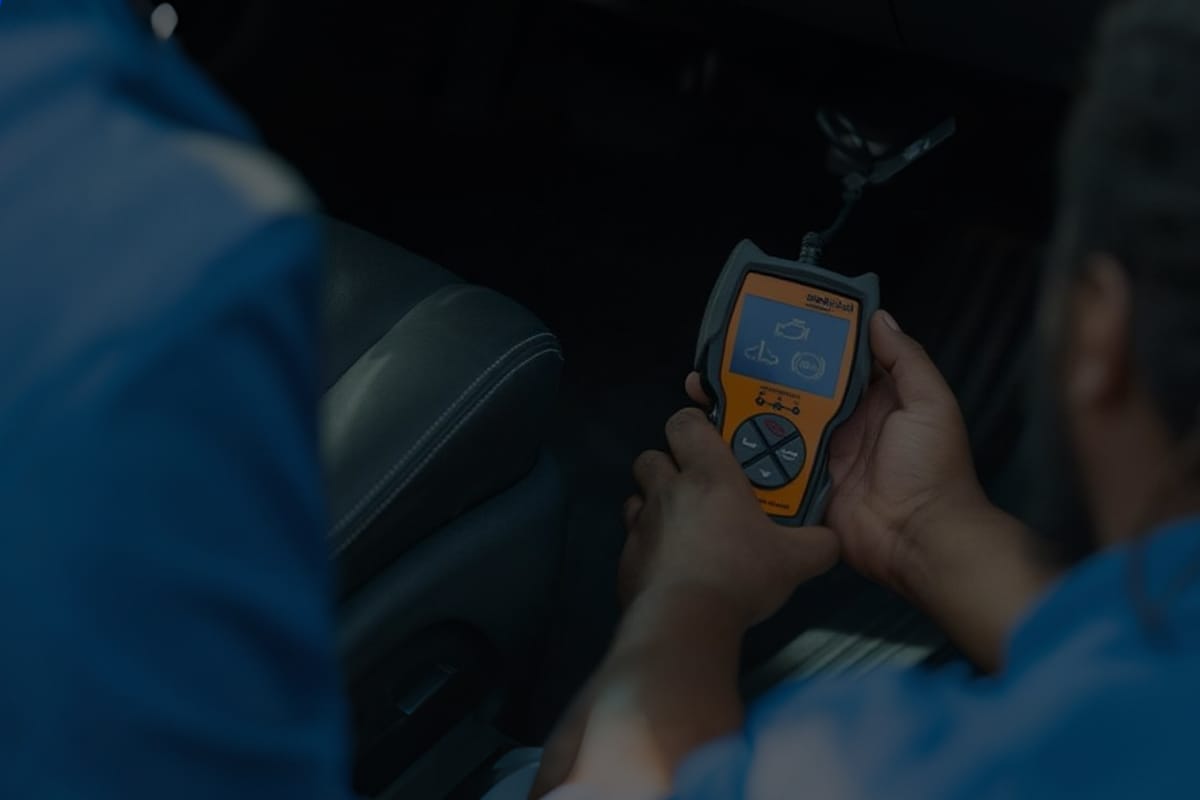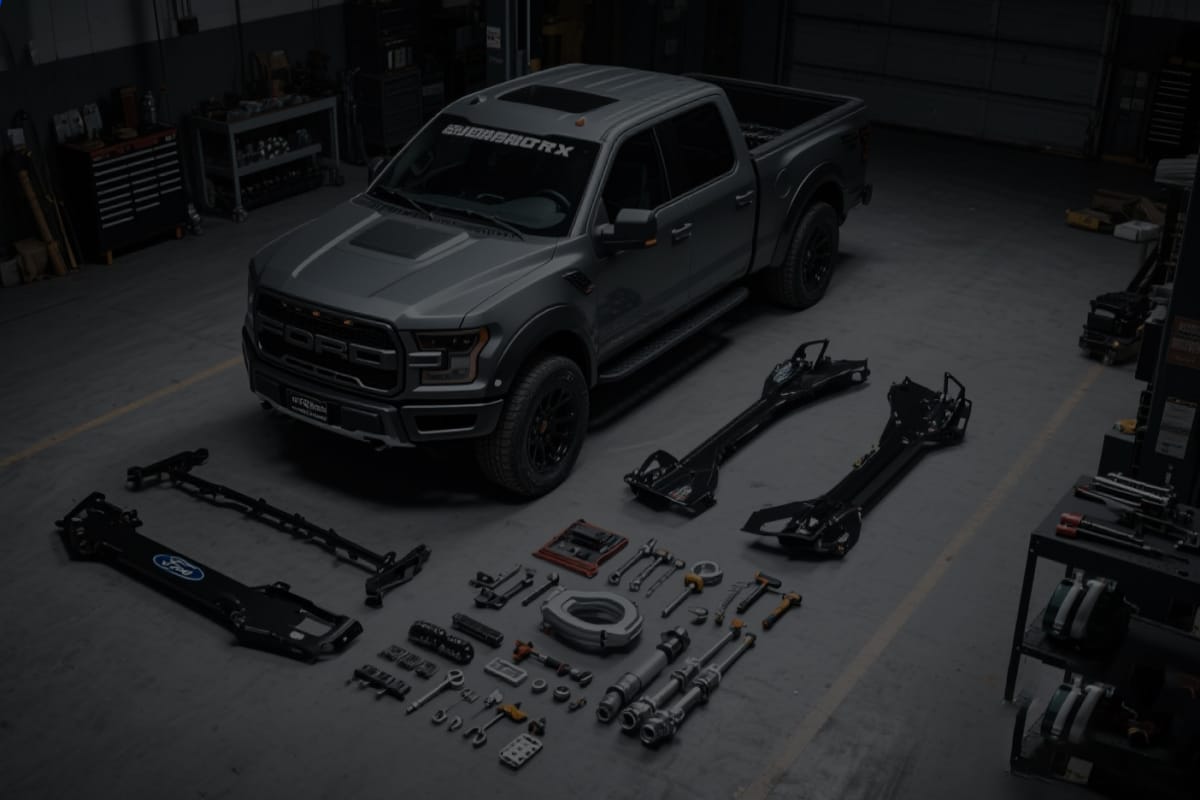Diesel truck owners often face a dilemma: chase raw power or comply with emissions regulations? The rise of "tuned and deleted" setups promises both, but is tuning truly essential after removing a Diesel Particulate Filter (DPF)? Let’s cut through the noise and reveal what your engine actually needs.
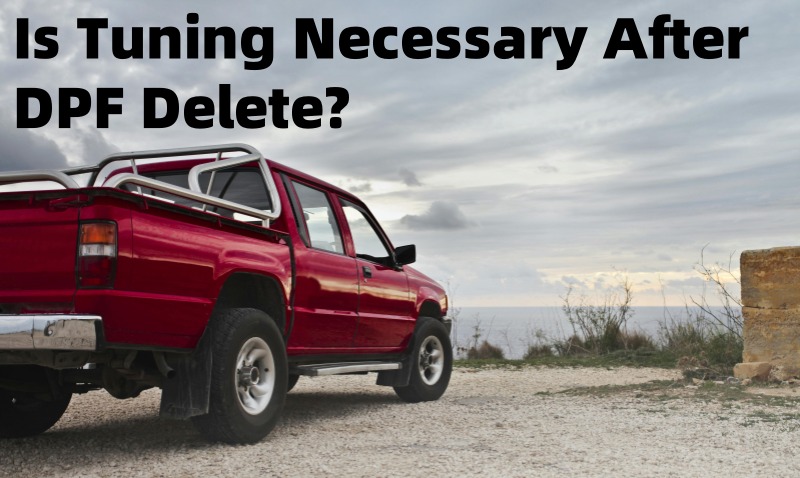
Why Diesel Owners Modify?
Modern diesel trucks are designed to balance power with strict emissions standards. Components like the Diesel Particulate Filter (DPF) trap soot to reduce pollution, but they also restrict exhaust flow, decrease fuel efficiency, and require costly maintenance (e.g., $3,000+ for DPF replacements). This frustration has fueled a trend: deleting emissions systems and tuning engines to reclaim performance.
However, simply ripping out the DPF isn’t a magic fix. Without addressing the truck’s software, you’ll face limp mode, warning lights, and even engine damage. This brings us to the critical partnership of tuning and deleting.
What Does “Tuned and Deleted” Actually Mean?
- Tuning: Reprogramming the Engine Control Unit (ECU) to optimize fuel injection, turbo boost, and transmission shifting. Think of it as rewriting your truck’s “rulebook” for better performance.
- Deleting: Physically removing emissions components like the DPF, EGR (Exhaust Gas Recirculation), or SCR (Selective Catalytic Reduction) systems.
Why Pair Them?
The engine computer (ECU) monitors various functions of the car. However, if you remove the emissions device (such as the DPF) without tuning it, the ECU will get confused. It needs data from the sensors related to the removed parts, triggering error codes and reduced power ("limp mode"). A proper tune-up will eliminate these dependencies and recalibrate the engine for smoother operation.
Is Tuning Necessary After a DPF Delete?
Short answer: Absolutely. Here’s why:
Technical Reasons
- The ECU Freaks Out: Your truck’s computer expects constant data from DPF pressure sensors. Remove the DPF, and the ECU sees missing data, triggering:
- Error Codes: Persistent check engine lights (e.g., P2463 for excessive soot).
- Limp Mode: The ECU limits speed and power to “protect” the engine, often capping you at 45 MPH.
- Failed Regeneration Attempts: The ECU will keep trying to clean a nonexistent DPF, wasting fuel and overheating components.
- Fuel and Airflow Mismatch: Without tuning, the engine’s air-fuel ratios stay calibrated for a restricted exhaust. This causes poor combustion, sooty oil, and turbo lag.
Performance Benefits
- Power Gains: A post-delete tune can unlock 200+ horsepower and 400+ lb-ft of torque in trucks like the 6.7L Power Stroke or Duramax by optimizing air-fuel ratios and turbo spooling.
- Fuel Efficiency: Users report 2–4 MPG improvements once the engine isn’t straining against a clogged DPF.
- Throttle Response: Eliminate lag and enjoy instant acceleration.
Risks of Skipping the Tune
- Premature Wear: Incorrect fuel mapping can damage pistons or turbos.
- Check Engine Lights: Permanent error codes (e.g., P2002 for DPF efficiency) plague untuned trucks.
Can You Tune a Diesel Without Deleting It?
Yes! Modern tuners like Calibrated Power and Draconian Diesel specialize in emissions-compliant tunes. For instance, a 2022 Ram 3500 with a stock DPF can still gain 100+ HP through conservative tuning.
Pros of Tuning Without Deleting
- Legality: Avoids fines (e.g., California’s $10,000 penalty for tampering).
- Warranty Retention: Dealers are less likely to void warranties if hardware isn’t altered.
- Drivability: Smoother shifts, reduced throttle lag, and fewer regenerations (1–2 passive cleanings/month vs. weekly active cycles).
- Fuel Economy: Gains of 1–2 MPG are common.
Cons of Tuning Without Deleting
- Power Limits: Max safe output caps around 500 HP (vs. 800+ HP with deletes).
- DEF Consumption: Some users report increased Diesel Exhaust Fluid usage, though data is sparse.
- DPF Longevity: Aggressive tunes may accelerate soot buildup, requiring earlier cleanings.
Who Should Consider It?
- Daily drivers prioritizing reliability over max power.
- Owners in emissions-testing states.
Final Verdict: Is Tuning Worth It After a DPF Delete?
Tuning isn’t just recommended—it’s mandatory for a functional, drivable truck post-delete. The ECU adjustments prevent mechanical chaos and unlock the full potential of your modifications. However, if legality and warranty matter, opt for a mild, emissions-friendly tune instead.
1. Can I pass emissions testing with a deleted truck?
No. Removed DPFs automatically fail inspections in most states.
2. Will tuning harm my engine if I keep the DPF?
Not if done responsibly. Reputable tuners (e.g., GDP Tuning) ensure maps don’t overstress components.
3. How much horsepower can I gain?
With deletes and tuning: 200–300+ HP. Without deletes: 80–150 HP, depending on supporting mods.
The Bottom Line
A DPF delete demands a tune—no compromises. But if raw power isn’t your goal, emissions-compliant tuning offers a legal middle ground.












